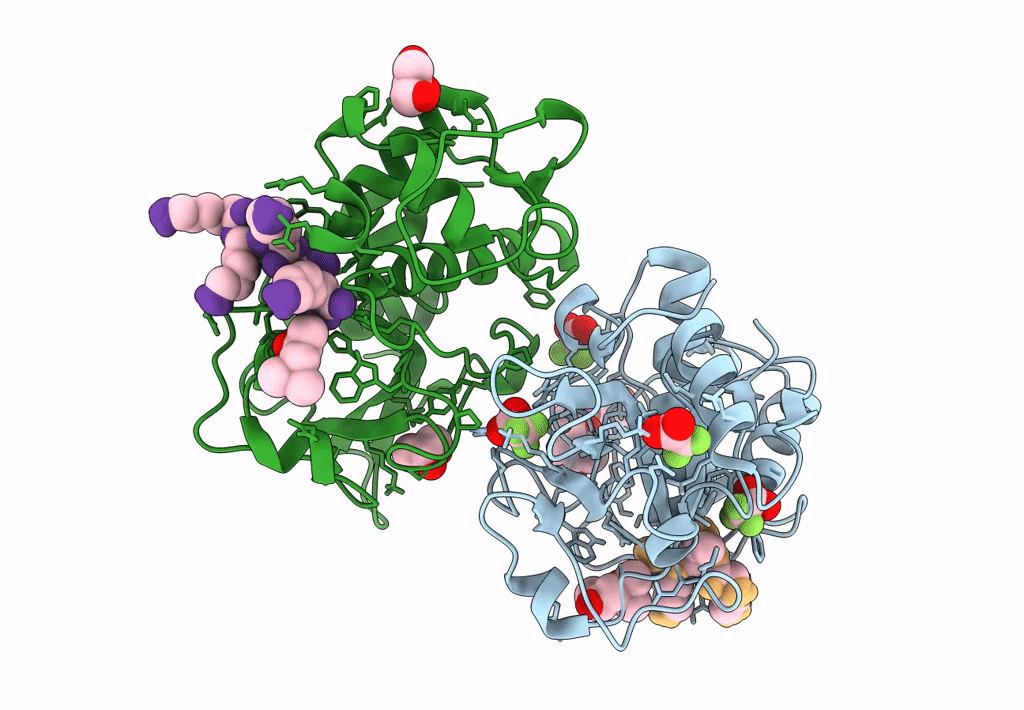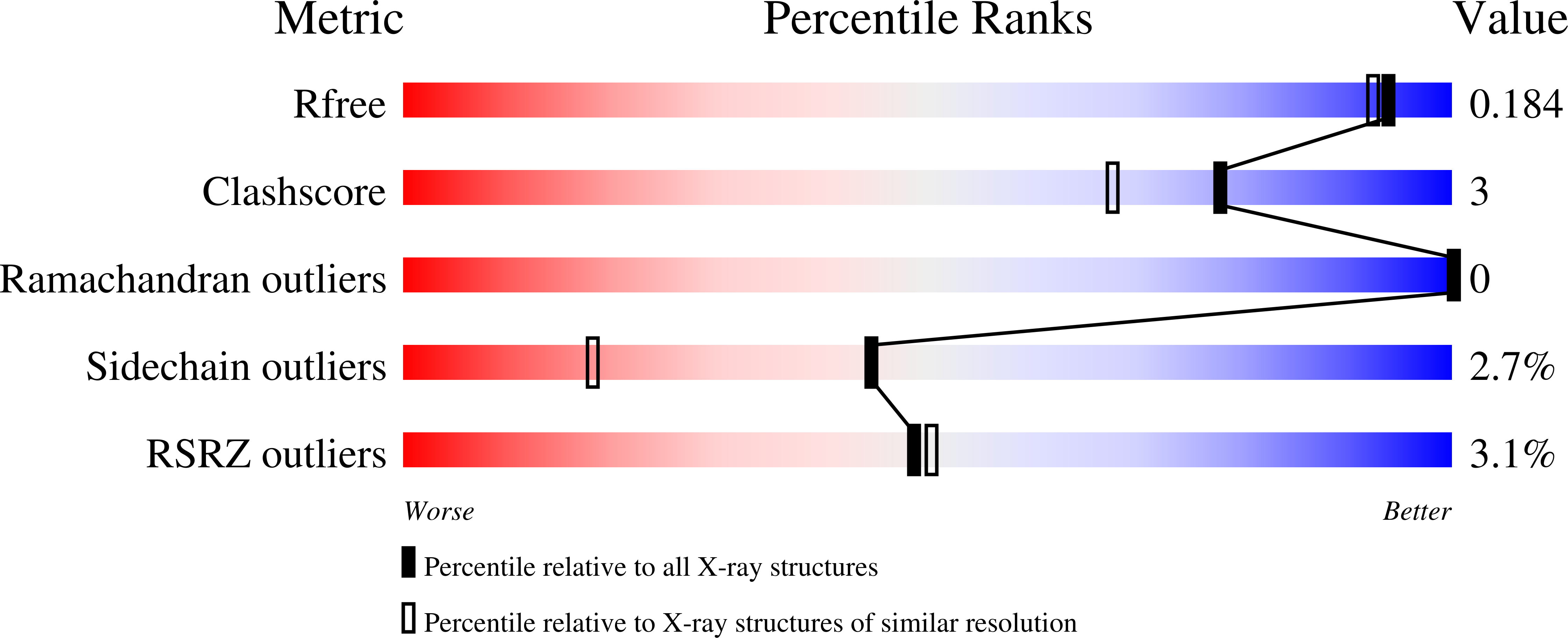
Deposition Date
2021-11-11
Release Date
2022-11-23
Last Version Date
2024-11-20
Entry Detail
PDB ID:
7Q8M
Keywords:
Title:
Peptide KPKKKTK in complex with human cathepsin V C25A mutant
Biological Source:
Source Organism:
Homo sapiens (Taxon ID: 9606)
synthetic construct (Taxon ID: 32630)
synthetic construct (Taxon ID: 32630)
Host Organism:
Method Details:
Experimental Method:
Resolution:
1.57 Å
R-Value Free:
0.20
R-Value Work:
0.18
R-Value Observed:
0.18
Space Group:
P 43 21 2


